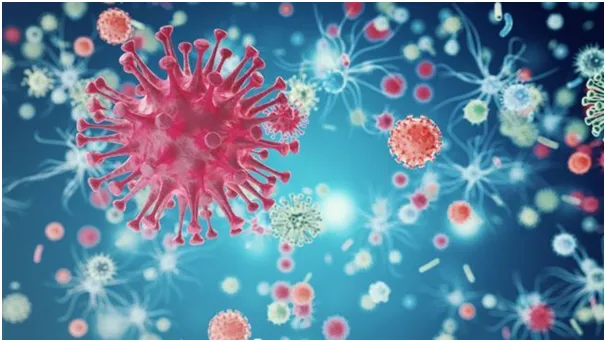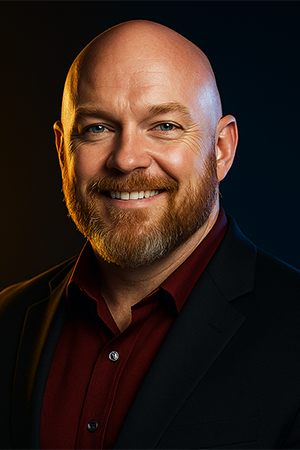In this post we will discuss why the human immunodeficiency virus (HIV) is so troublesome, sneaky, and deadly compared to other pathogens.
HIV causes a chronic and fatal disease, known as the acquired immunodeficiency syndrome (AIDS). Since HIV is a virus, it needs to invade human cells in order to produce more copies of itself.
Unfortunately for us humans, HIV has chosen to replicate within a very specific group of immune cells, called CD4 cells. There are several CD4 cells, but HIV particularly loves to invade and destroy T helper cells.

So let me explain why this is terrible…
T helper cells are arguably one of the most crucial cells of the immune system, since they are responsible for orchestrating most adaptive immune responses.
For example, they activate cytotoxic T cells to destroy infected cells as well as helping B lymphocytes to differentiate into plasma cells in order to produce antibodies. In addition, they tell other white blood cells known as macrophages to eat up unwanted microorganisms.

Now that you see the importance of T helper cells in the immune system, you also probably realise why HIV causes havoc…
T helper cells are like the generals of the immune system army; orchestrating troops to their correct positions at the right time to neutralise invading infectious agents. So, by killing the most important troops, the immune system army collapses and the body loses the war to HIV.

The speed at which HIV takes to deplete T helper cell numbers will determine how long it takes to reach AIDS. This is when the immune system becomes too fatigued to protect the person from opportunistic infections, which may lead to death if left untreated.

After someone becomes infected with HIV, it normally takes a number of years for them to develop AIDS. Fortunately, we now have developed a number of specific antiviral medications against HIV which allow us to control this deadly infection, restoring T helper cell numbers and preventing progression to AIDS.
If you are curious to find about the incredible modes of action of the different HIV drugs, stay tuned for the upcoming post!










